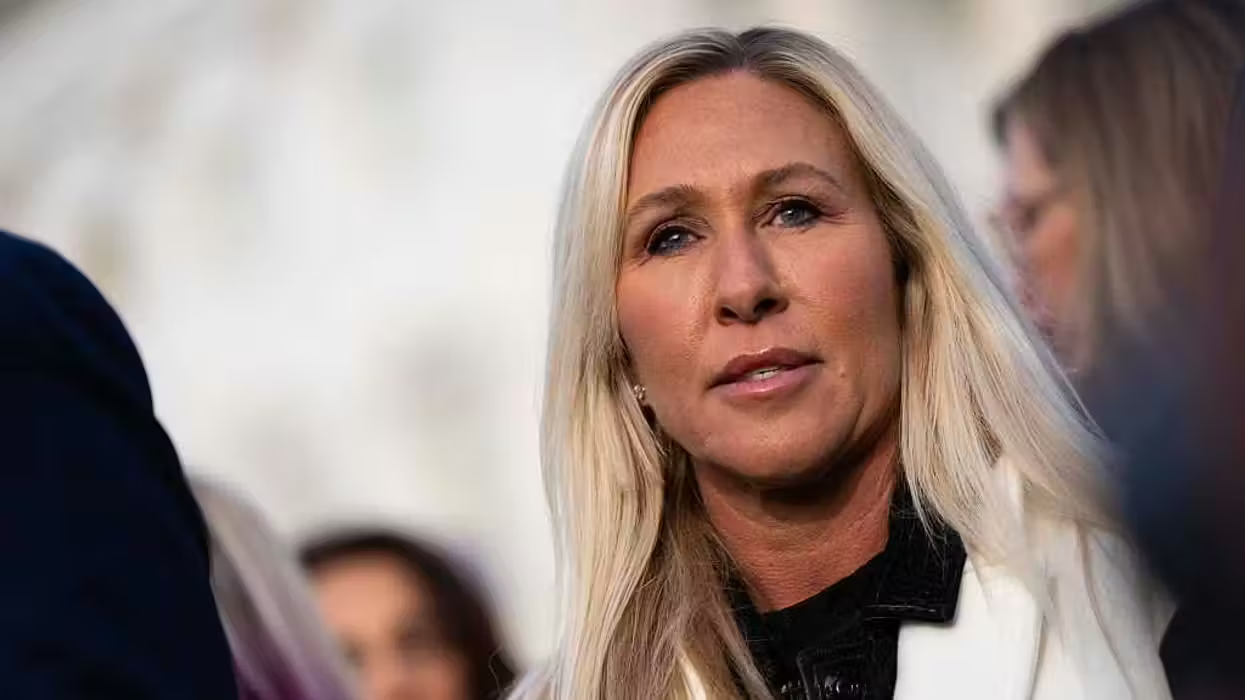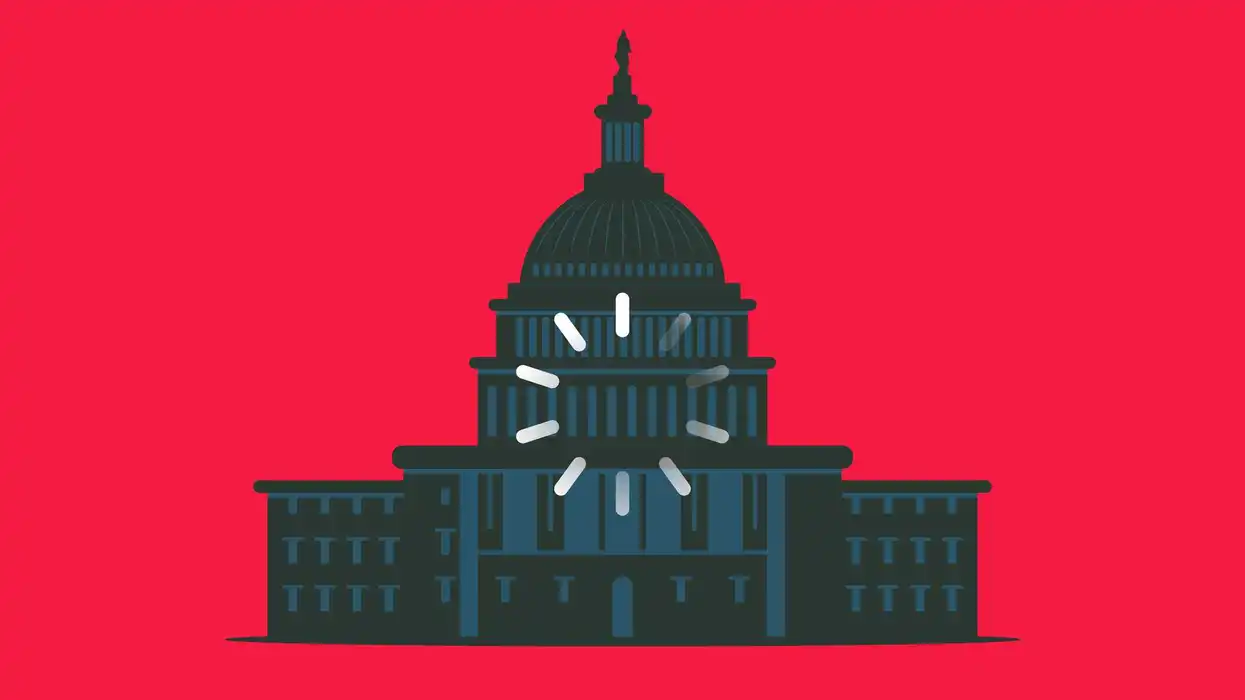
© 2025 Blaze Media LLC. All rights reserved.
Study: There's a Good Chance You're Not Eating the Type of Fish You Actually Ordered
February 21, 2013
"...a restaurant or chef who’s trying to buy something cheaper and jazz it up and call it something else."
 (Photo: Shutterstock.com)
(Photo: Shutterstock.com)
A new study is revealing that unless you truly know how your fish is supposed to taste, you might be eating the wrong thing one-third of the time due to mislabeled packaging.
The report by Oceana collected more than 1,200 samples from 674 retail outlets in 21 states. DNA testing revealed that of these samples 33 percent of the time, the food was labeled incorrectly, based on the Food and Drug Administration's guidelines.
The biggest offenders, according to the report, were snapper (mislabeled 87 percent of the time) and tuna (mislabeled 59 percent). Shockingly, the report found 113 of the 120 red snapper samples were something other than what they claimed to be.
Watch this video about the report's findings (Note: discussion begins around 0:25):
The mislabeling problem is not entirely new. TheBlaze reported in 2011 on the investigation conducted by the Boston Globe, which found customers were often being sold cheaper varieties of fish under the guise of it being a more expensive type.
“I think it comes down to a restaurant or chef who’s trying to buy something cheaper and jazz it up and call it something else," Darren Lee Norris, co-owner of Kushi Izakaya & Sushi in Washington, D.C., told the Washington Post.
But not everyone thinks this mislabeling is being done on purpose to cheat customers.
The Post reported Chef Bob Kinkead saying, “It’s not dishonesty. It’s carelessness.”
Mislabeling is not only a money issue either. There are some fish that for health reasons people might want avoid eating.
"Our government has a responsibility to provide more information about the fish sold in the U.S., as seafood fraud harms not only consumers’ wallets, but also every honest vendor and fisherman cheated in the process -- to say nothing of the health of our oceans," Oceana's website stated.
But the Post noted that agencies like the National Oceanic and Atmospheric Administration, which has the ability to test fish DNA, don't have the personnel capacity to devote more time to this effort. The Post reported that the FDA conducts tests on less than 1 percent of U.S. seafood.
This doesn't mean that improvements to the system aren't underway. Here's more from the Washington Post on some efforts being conducted:
Some are pushing for reforms that would make it harder for chefs, restaurateurs and distributors to mislead the public. Some government officials and companies are pushing for increased traceability, where each fish receives an ID number that is carried over with each invoice, allowing buyers and customers to see where it is caught by logging onto a Web site.Steve Vilnit, fisheries marketing director for the Maryland Department of Natural Resources, said he has been talking with the state’s fishermen about whether they would adopt such a system.
“Chefs are willing to pay a little more for that level of detail,” Vilnit said, adding the idea has sparked mixed reactions. “Some are very enthusiastic; others just want to do status quo. We’ll probably start out working with a small group of guys and expand it from there.”
Similarly, the FDA approved DNA-barcoding of fish last year to help combat the mislabeling problem as well.
Those heading up the project, dubbed "Barcode for Life," said at the time they were going to start using this technique in a small, "self-regulating movement" directed toward the higher end trades who might be more likely to want to authenticate quality.
Featured image via Shutterstock.com.
Want to leave a tip?
We answer to you. Help keep our content free of advertisers and big tech censorship by leaving a tip today.
Want to join the conversation?
Already a subscriber?
more stories
Sign up for the Blaze newsletter
By signing up, you agree to our Privacy Policy and Terms of Use, and agree to receive content that may sometimes include advertisements. You may opt out at any time.
Related Content
© 2025 Blaze Media LLC. All rights reserved.
Get the stories that matter most delivered directly to your inbox.
By signing up, you agree to our Privacy Policy and Terms of Use, and agree to receive content that may sometimes include advertisements. You may opt out at any time.






